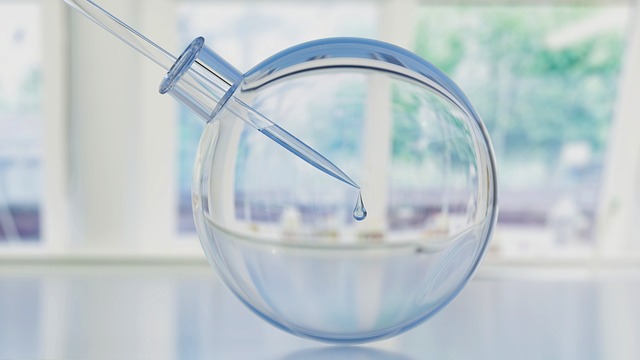Introduction:
Surrogacy has long been a beacon of hope for individuals and couples facing challenges in conceiving and carrying a pregnancy to term. As technological advancements continue to reshape the landscape of reproductive medicine, the question arises: Can lab facilities replace traditional surrogacy? This exploration delves into the possibilities, ethical considerations, and the potential impact on the future of family-building.
Artificial Wombs and In Vitro Gestation:
Advancements in artificial womb technology and in vitro gestation are pushing the boundaries of what is possible in reproductive science. Scientists are researching the development of external environments that can support embryonic growth, potentially eliminating the need for a human surrogate. This could open new avenues for individuals or couples who may not have access to traditional surrogacy options.
Ethical Considerations:
The prospect of replacing traditional surrogacy with lab facilities raises ethical questions. While technology may offer innovative solutions, the ethical implications surrounding the artificial gestation of embryos outside the human body must be carefully considered. Issues related to the rights and well-being of the developing fetus, the emotional aspects of pregnancy, and the potential commodification of reproduction require thoughtful examination.
Advantages of Lab Facilities:
Lab-based gestation could provide a controlled and monitored environment, minimizing certain risks associated with traditional surrogacy. It could offer a more predictable and stable setting for embryo development, reducing the likelihood of complications that may arise during pregnancy. Additionally, it may appeal to individuals or couples who prefer a more scientific and controlled approach to the gestation process.
Challenges and Limitations:
Despite the potential advantages, lab facilities replacing traditional surrogacy present significant challenges. The complex nature of human pregnancy involves intricate interactions between the developing fetus and the maternal environment. Recreating these conditions in a laboratory setting is a formidable task, and the technology is still in its early stages.
Human Connection and Emotional Aspects:
Traditional surrogacy involves a profound human connection between the surrogate and the intended parents. The emotional aspects of pregnancy, the bonding that occurs during the gestation period, and the shared experience of bringing a child into the world are integral parts of the surrogacy journey. Replacing this with a purely laboratory-based process could potentially strip away the human connection that many find essential in the creation of a family.
Conclusion:
While lab facilities hold the potential to reshape the landscape of surrogacy, the complete replacement of traditional surrogacy with artificial gestation remains a complex and evolving concept. As technology advances and ethical considerations are carefully navigated, the future may see a harmonious integration of both approaches, offering diverse options for individuals and couples seeking to build families through assisted reproductive technologies. The key lies in striking a balance that respects the emotional and ethical dimensions of the surrogacy journey while leveraging the possibilities that scientific innovation brings to the field of reproductive medicine.

Ravi Sharma is a self-motivated, successful entrepreneur and has a solid experience in the fertility segment. and he is the director at ARTbaby Global (ARThealthcare). He is a pharmacy graduate with post-graduation in business administration and has 14 years of rich experience in the field of infertility segment. He loves to write about IVF, Surrogacy, and other ART (assisted reproductive technology) news, issues, and updates. He is a Pharmacy graduate (B. Pharm) and M.B.A (marketing).
His most recent success includes the successful launch of the medical tourism company, ARTbaby, which offers treatment options for infertility, egg donation, and surrogacy. He likes spending time with his family and writing about various aspects of IVF surrogacy and donating eggs.

